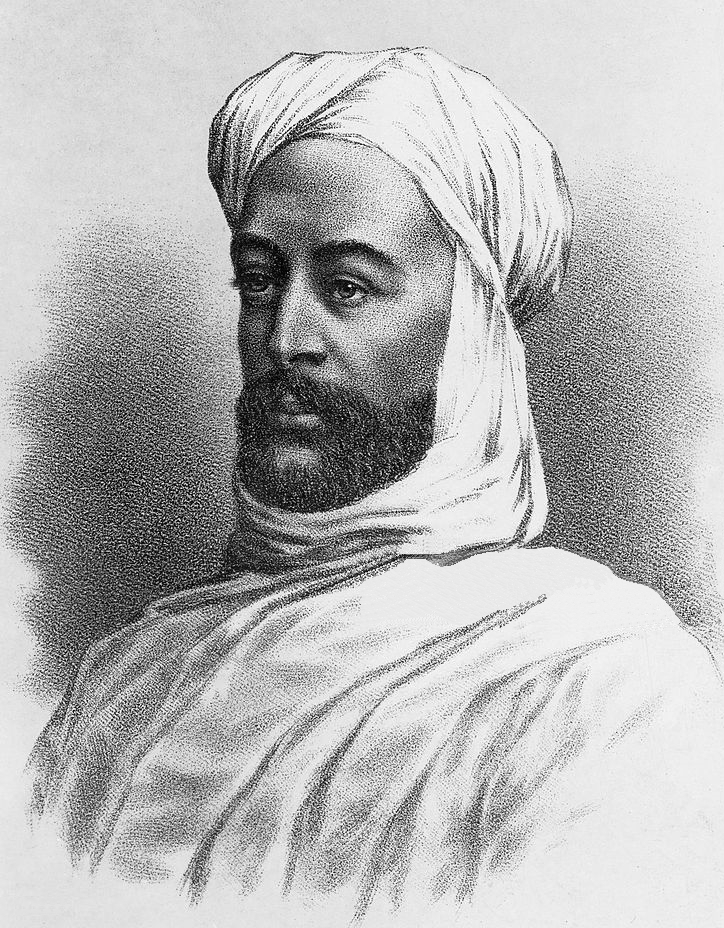Some form of indigo manufacturing and its use appears on every continent and is prized by every culture. Indigo also has roots in America, starting with Eliza Pinckney's plantation in South Carolina where indigo was introduced in the United States to textiles now preserved in museum collections. Our history has a fabric mystery. In the book America's Indigo Blues by Florence Petitt, she examines a rare eighteenth century collection of indigo blue resist prints.
| image: afanews.com |
The two fabrics shown here are examples of indigo dying, paste resist printing, and bleaching techniques.
Hopefully America's fabric mystery can be solved and reveal the origin of the fabric designs and the combination of techniques used to create them.
In the mean time they are preserved for many to study and enjoy.
left image: afanews.com
left image: afanews.com





